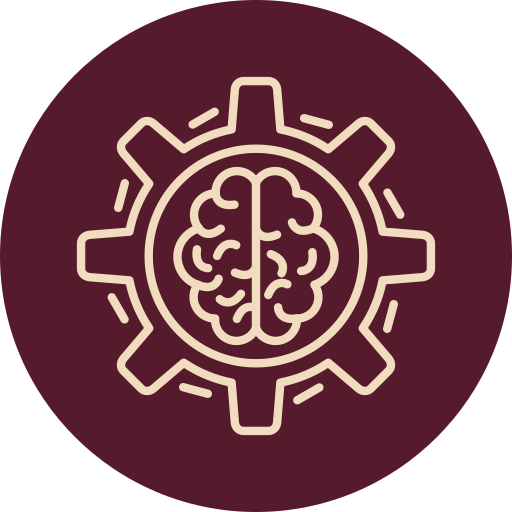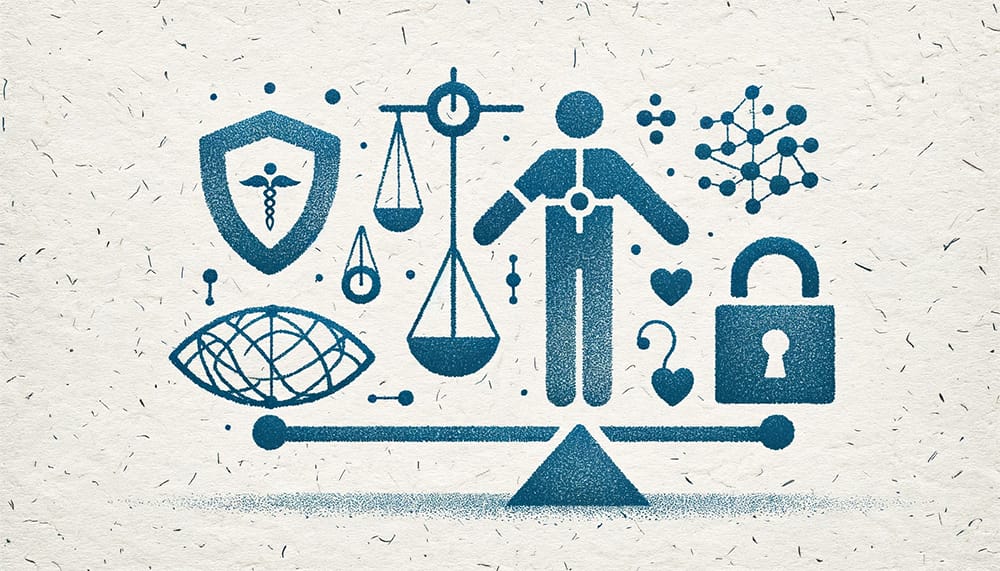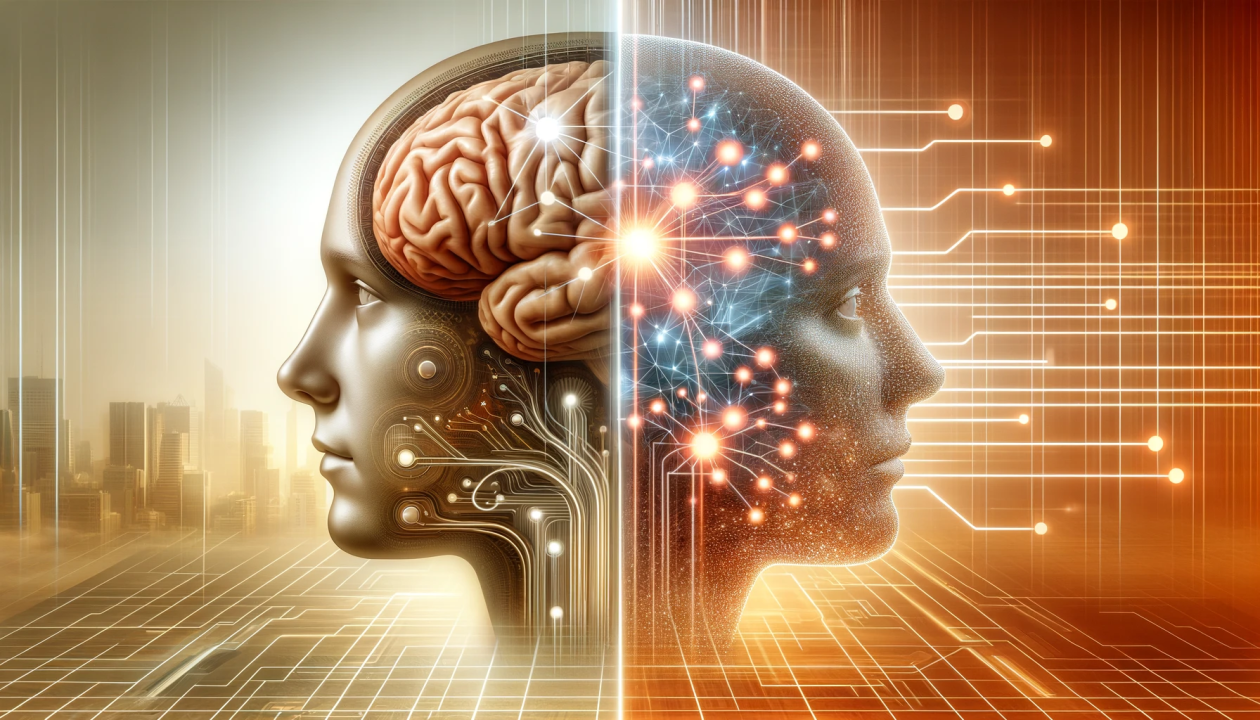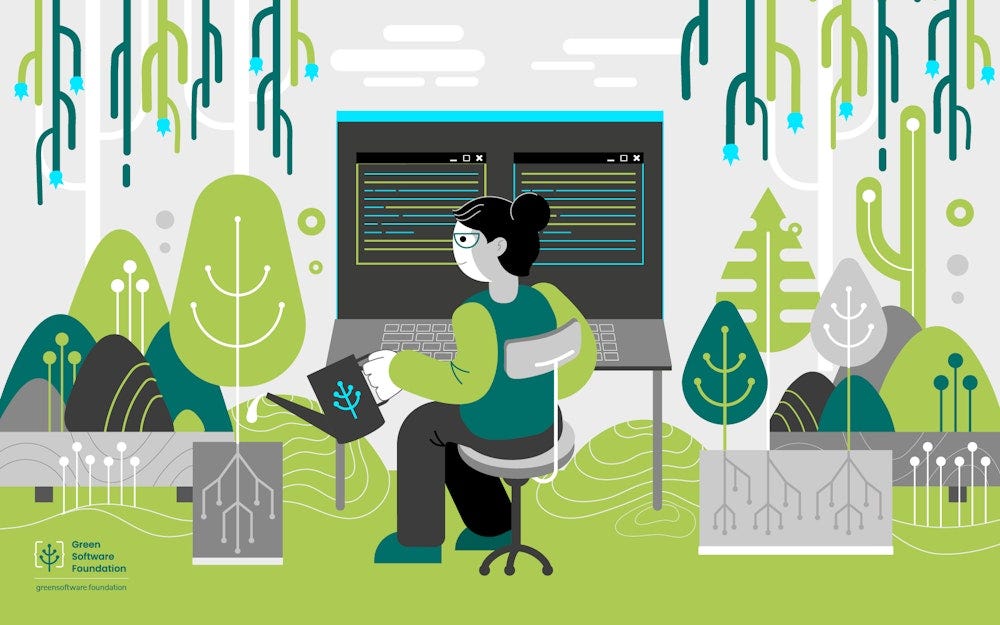


Explorations and thoughts on diverse topics of interest, including technology trends and emerging developments.




Software engineers are increasingly realizing that their rapidly evolving field presents critical ethical challenges that extend far beyond technical considerations. Three key areas demand constant attention and thoughtful approach
The power of artificial intelligence comes with great responsibility. AI systems can inadvertently perpetuate biases present in their training data. To combat this, it's important for developers to commit to creating transparent and explainable AI (XAI). This approach makes AI decision-making processes understandable to humans, allowing for the identification and correction of biases more effectively.
The IEEE's guidelines for ethically aligned AI design are particularly helpful. These emphasize principles like human rights, well-being, data agency, and accountability. In practice, this means carefully considering the ethical implications at every stage of AI development, from conception to deployment and beyond.
In our data-driven world, there's a constant balance between leveraging user data for enhanced services and protecting individual privacy. A "privacy by design" approach is crucial, integrating privacy considerations into the very architecture of IT systems from the outset.
Data minimization is another important principle, ensuring only necessary data is collected and retained for specific, clearly defined purposes. Compliance with regulations like GDPR isn't just a legal requirement – it's an ethical imperative that should shape how systems are designed and implemented.
There's growing awareness of how algorithmic bias can perpetuate unfairness and discrimination. Whether it's facial recognition systems performing poorly on certain demographics or hiring algorithms discriminating against women, the consequences can be severe.
To mitigate this, a multi-faceted approach is necessary. Diversity in development teams is crucial – it helps identify potential biases that might otherwise go unnoticed. It's also important to implement rigorous testing for bias, including fairness testing and adversarial debiasing techniques. Regular audits of algorithmic systems are essential, not just for technical performance, but to assess societal impact and fairness across different groups.
Software engineers wield significant power to shape the digital world. With this power comes the responsibility to consider the ethical implications of their work deeply and consistently. By prioritizing AI ethics, data privacy, and algorithmic fairness, they can create technology that not only pushes boundaries but also upholds the values of fairness, transparency, and respect for human rights.

Software developers are increasingly fascinated by how insights from diverse fields are revolutionizing approaches to UI/UX design and human-computer interaction (HCI). This interdisciplinary approach is leading to more natural, efficient, and user-friendly interfaces.
Cognitive psychology has become fundamental to modern design approaches. Understanding how the human mind processes information, makes decisions, and allocates attention can significantly enhance user experiences
Cognitive load theory, which posits that working memory has limited capacity, is often applied in practice. This leads to a focus on simplicity, minimizing unnecessary elements and presenting information in digestible chunks. The Gestalt principles of perception – proximity, similarity, closure, and continuity – guide the organization of visual information to create coherent and intuitively understandable interfaces.
Attention to users' mental models is crucial. As Don Norman explains in "The Design of Everyday Things," users come with preconceived notions of how systems should work. Aligning designs with these mental models can reduce the learning curve and enhance user satisfaction.
Advances in neuroscience have provided unprecedented insights into brain function, which prove invaluable in creating more intuitive interfaces. For instance, understanding how different visual stimuli activate various brain regions helps optimize information presentation.
The concept of neuroplasticity – the brain's ability to reorganize itself – underscores the importance of consistency in design. As users interact with interfaces, their brains form new neural pathways. Maintaining consistency can leverage this to create more intuitive, learnable interfaces over time.
The role of emotions in user experience, inspired by work like Antonio Damasio's somatic marker hypothesis, has led to a greater focus on creating positive emotional experiences in UI/UX designs, recognizing how crucial this is to user decision-making and overall satisfaction.
Nature, through millions of years of evolution, has developed highly efficient and adaptable systems. Emulating these natural designs and processes can solve complex problems in software design.
Artificial neural networks, inspired by biological neural networks, have applications in areas like image and speech recognition. Genetic algorithms, mimicking natural selection, prove useful in automated program debugging and network design optimization.
The concept of self-organization in biological systems has inspired the development of more autonomous and adaptive software systems. These can reconfigure themselves in response to environmental changes, much like living organisms adapt to their ecosystems.
Integrating these insights from psychology, neuroscience, and biology into UI/UX design and HCI work enables the creation of experiences that resonate more deeply with users on both cognitive and emotional levels. This interdisciplinary approach continues to open up exciting possibilities for innovation, pushing the boundaries of what's possible in software design.
As the gap between human cognition and digital interfaces continues to narrow, technology is moving towards feeling less like a tool and more like a natural extension of human capabilities. This not only enhances user experience but also paves the way for more intelligent, adaptive, and human-centered technologies.

Software engineers are becoming increasingly aware of the environmental impact of digital infrastructure. With the ubiquity of technology in modern life, it's crucial to consider the energy consumption and carbon footprint of software. Here's how sustainable software development can be approached:
The energy consumption of software is directly linked to the efficiency of its algorithms. Several approaches can create energy-efficient algorithms:
Big O notation can be used not just for time complexity, but also to analyze energy complexity. Implementing algorithms with lower complexity, like O(n log n), rather than O(n²) for large inputs, can reduce energy consumption.
Where appropriate, implementing lazy evaluation to delay the computation of expressions until their values are needed can save energy by avoiding unnecessary computations.
This technique caches the results of expensive function calls, reducing redundant computations and consequently, energy consumption.
n scenarios where an exact solution isn't necessary, approximation algorithms can provide satisfactory results with significantly less computational effort.
Carefully choosing data structures based on specific project needs can save energy. For instance, using a hash table instead of an array for frequent lookup operations can be more energy-efficient.
In mobile development, offloading computationally intensive tasks to the cloud can reduce device energy consumption, while being mindful of the energy costs of data transfer.
The choice of hosting provider can significantly impact a software application's carbon footprint. When selecting hosting providers or cloud services, considerations include:
BPrioritizing providers that use a high percentage of renewable energy in their data centers.
Looking for providers with PUE scores as close to 1.0 as possible, indicating efficient energy use.
Where possible, choosing data centers in cooler climates, which often require less energy for cooling.
Valuing providers that offer programs to neutralize the emissions associated with their services.
In cloud-based applications, implementing efficient caching strategies, optimizing database queries, and using auto-scaling features to match resource allocation with demand can further reduce unnecessary energy consumption.
Considering the entire lifecycle of software is crucial to minimize its environmental impact:
Being mindful of the energy consumption of development tools and environments. Remote collaboration tools can reduce travel-related emissions for team meetings.
Optimizing for energy consumption during runtime and considering induced energy consumption, such as network traffic generated by the software.
Implementing strategies for efficient data deletion and hardware decommissioning, and designing for code reusability and long-term maintenance.
Methodologies like the Greensoft Model and tools like the Software Carbon Intensity (SCI) specification can be helpful in assessing and improving software sustainability.
By adopting these sustainable coding practices, software engineers can significantly reduce the carbon footprint of the digital infrastructure they help create. Sustainable software development often aligns with other desirable outcomes, such as improved performance, lower operating costs, and enhanced user experience.
Software engineers have the power and responsibility to shape a more sustainable digital future. By integrating eco-friendly practices into development processes, they can create software that meets user needs while respecting the limits of our planet, contributing to the larger movement towards sustainable technology and addressing the global challenge of climate change.